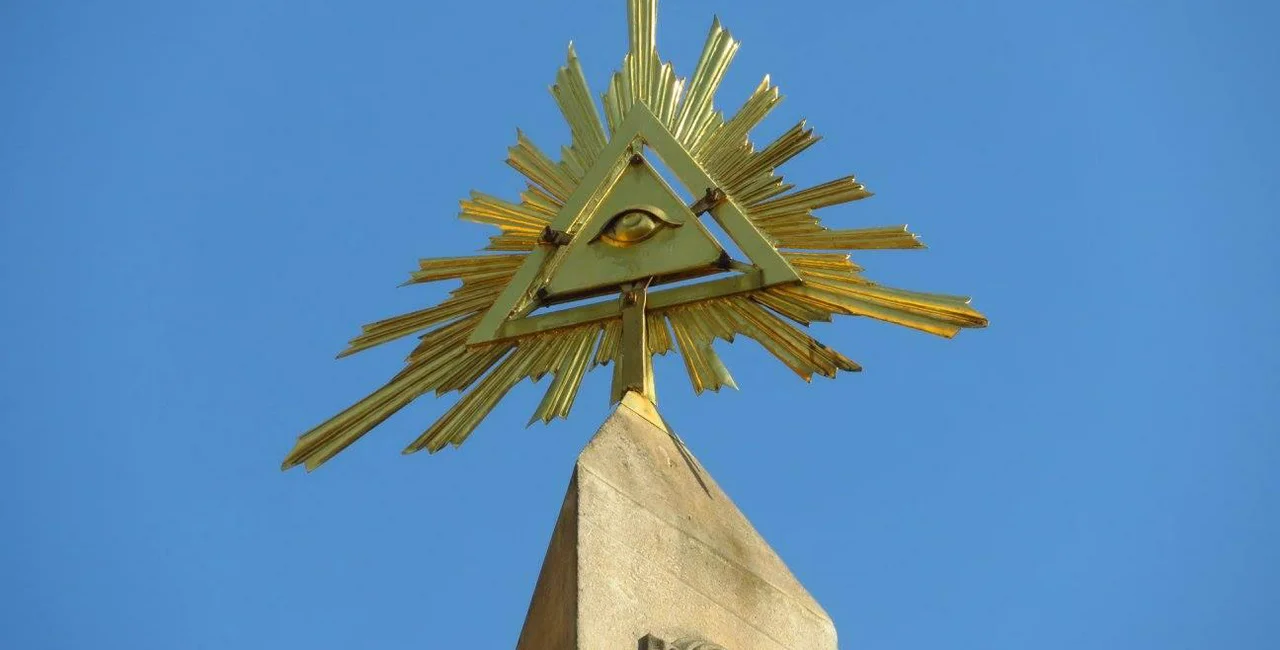Prague through its long history has seen many plagues and epidemics, and some of these have left still-visible traces on the city landscape.
The passing of epidemics used to be marked with plague columns, usually surrounded by sculptures of saints or angels. These were meant to show gratitude to the supposed divine powers for the end of the period of illness. After erecting the column, the city would then move on and return to normal.
The heyday for making plague columns was the Baroque era, and many ornate columns bedizened with saints and angels are main attractions in towns across what is now the Czech Republic. The particular saints on the columns would be local protectors plus figures associated with healing.
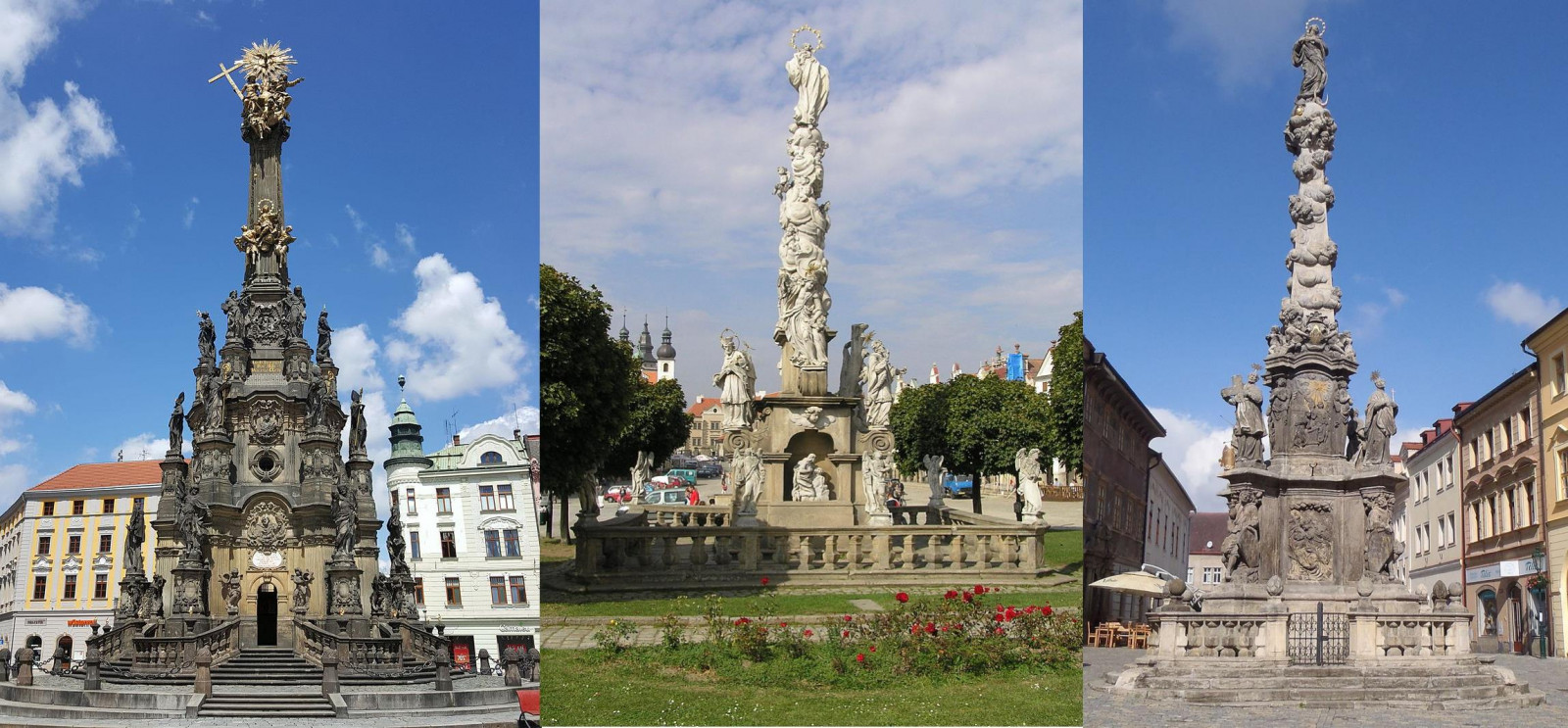
Prague’s columns pale in comparison to those in other Czech towns and cities, such as Olomouc, where they are main tourist attractions. The massive one in Olomouc is a UNESCO World Heritage Site. Telč, Chrudim, Kutná Hora, Vyškov, Polička and Jablonné v Podještědí also have impressive examples.
The three largest plague columns in Prague are quite visible in the touristy areas, but many people don’t realize their meanings. These were erected to mark the end of the plague epidemic of 1713–15, which saw 13,000 people die of Black Death, about one-quarter of the Prague population at the time.
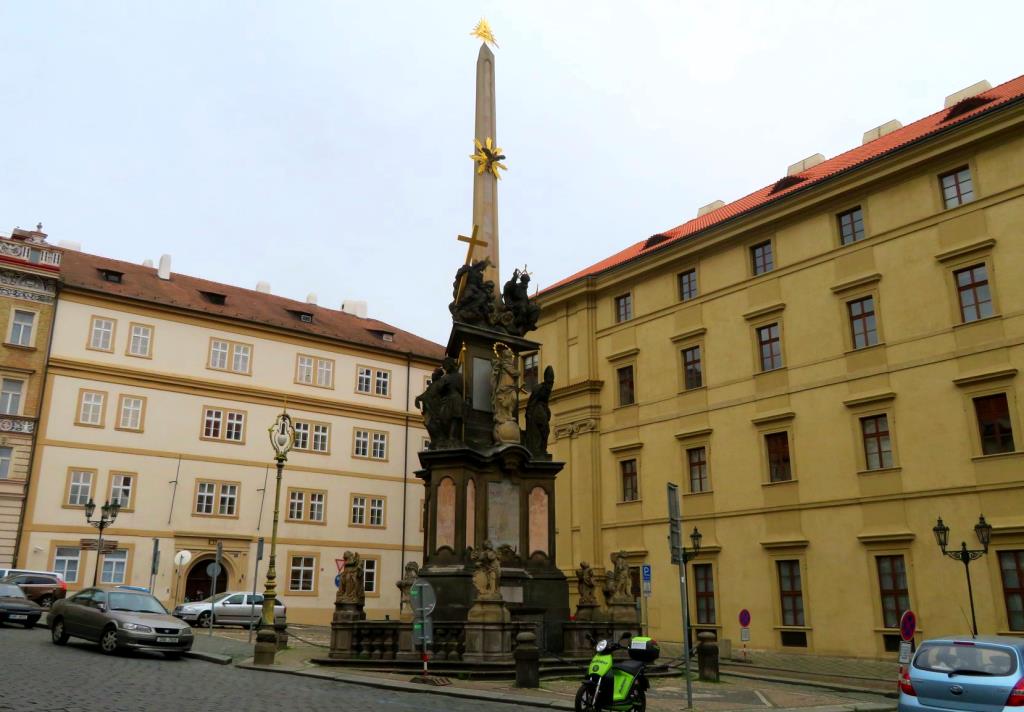
Across Bohemia, 200,000 people died. Prague was mainly affected in 1713, and the epidemic moved to Moravia in 1714, with the final cases in 1715.
It was the last major plague epidemic to hit the region, but in later years there would be outbreaks of cholera, typhus and other diseases, as well as famines.
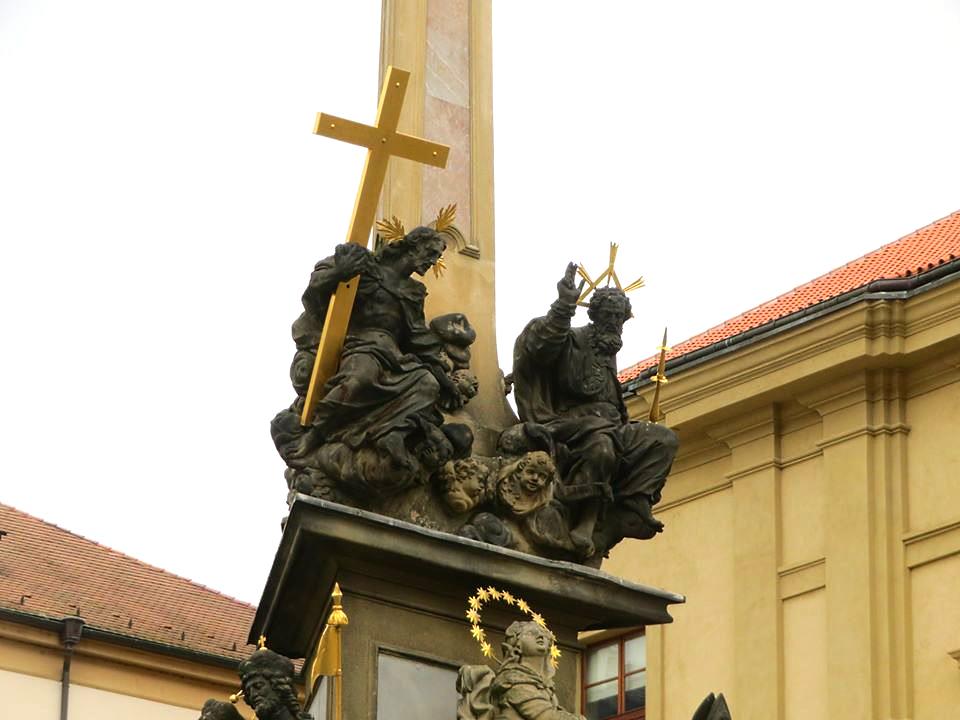
On the upper part of Malostranské náměstí is the Holy Trinity Column (Sloup Nejsvětější Trojice), completed in 1715. This column is unusual in that it has an eye in a triangle (the Eye of God) on the top, rather than the Virgin Mary, as was most typical.
The column part also isn’t technically a column, but an obelisk. Partway up the obelisk is a dove, depicting the Holy Spirit, and below that are Jesus Christ with a golden cross and God the Father with a triangular halo.
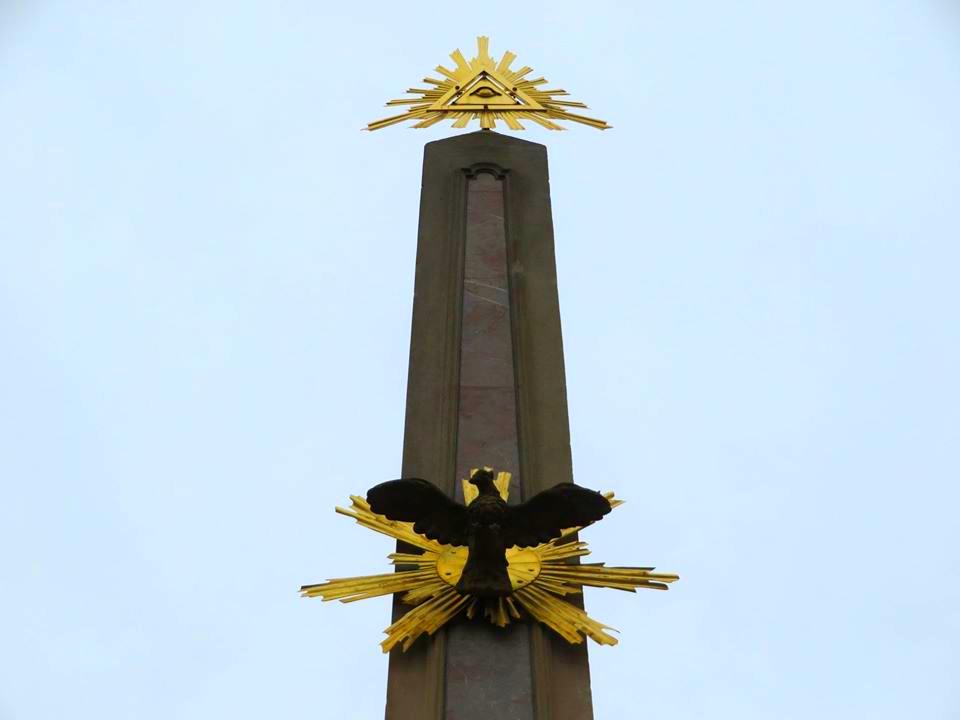
Mary, with her crown of stars, is on the level below that along with Czech patron saints: Vojtěch (Adalbert), Jan (John) Nepomucký, Prokop, Ludmila and Václav (Wenceslas).
This column is the work of architect Giovanni Battista Alliprandi, with sculptures by Jan Oldřich Mayer and Ferdinand Geiger.
Additional decorations on the lower levels by Franz Platzer were added after the famine of 1772. In front of the column on the ground is the date 1882, which perhaps refers to a renovation as there is no significant outbreak of illness recorded that year.
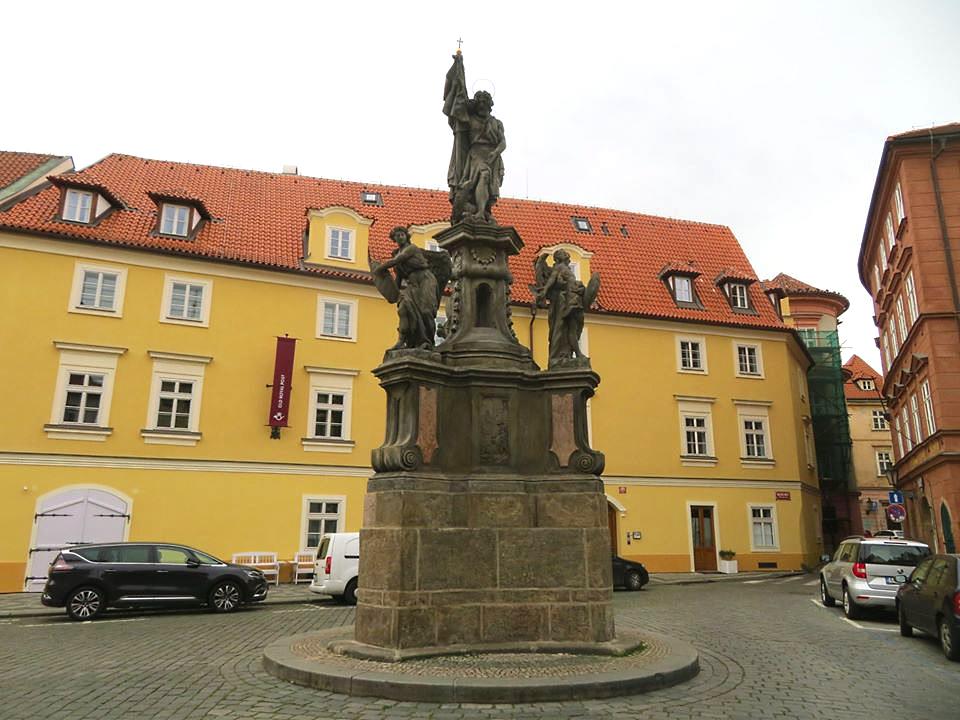
Not too far away is another plague column on Maltézské náměstí in Kampa. The column featuring John the Baptist is the work of sculptor Ferdinand Maxmilián Brokof, and was erected n 1714–15 for the Order of the Knights of Malta. It was originally part of a fountain.
John the Baptist is on top of a column on a three-sided base with angels, all of whom hold shields covered in Latin text. Relief images on the base depict the beheading of John the Baptist among other scenes.
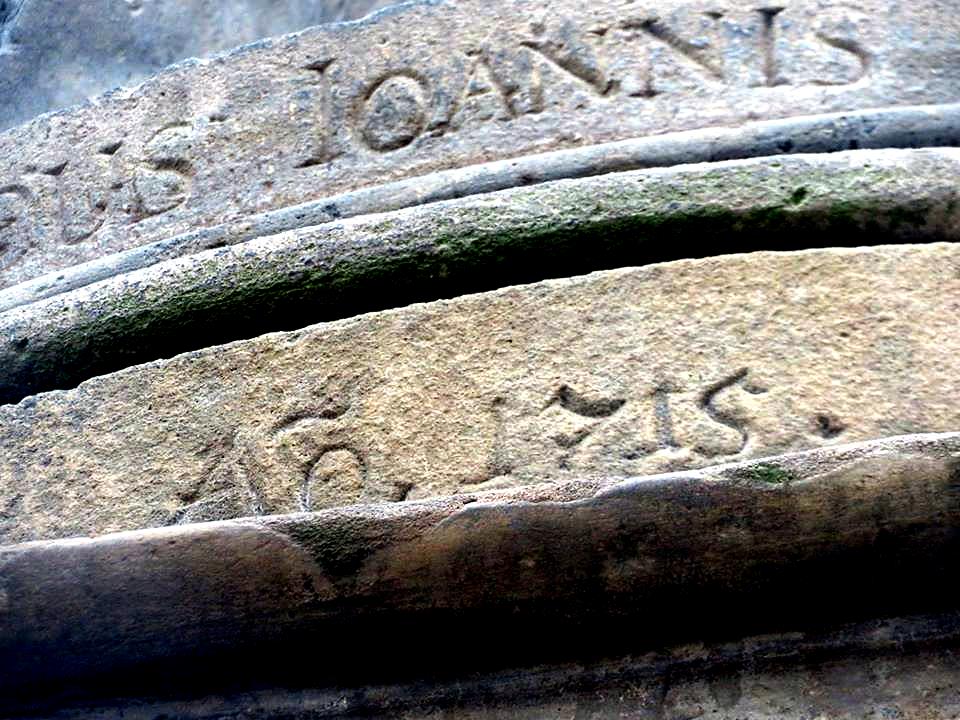
John the Baptist is the patron of the Order of the Knights of Malta, whose church and embassy are nearby. The statue was meant to thank him for sparing the order’s members from the epidemic. Keeping inside the order’s grounds probably helped to.
The religious order still exists today, and the wall of its garden is now the John Lennon Wall.
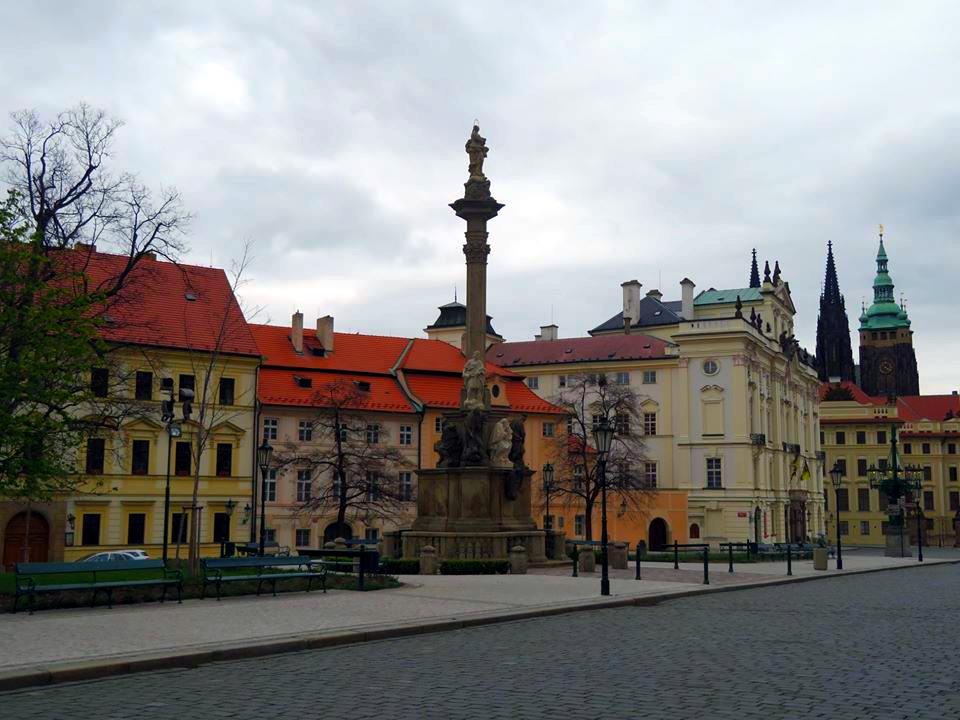
A third commemoration of the 1713–15 plague is in front of Prague Castle on Hradčanské náměstí, and overlooked due to all the other attractions in the area. This is the most typical example, with the star-crowned Mary on top.
Work on this one began almost a decade after the plague ended. The construction was approved in 1725 by Emperor Charles VI, and the first stone was placed a year later. Prague at the time was not unified under one government. The independent district of Hradčany lacked funds funds and it took 10 more years ot complete the column.
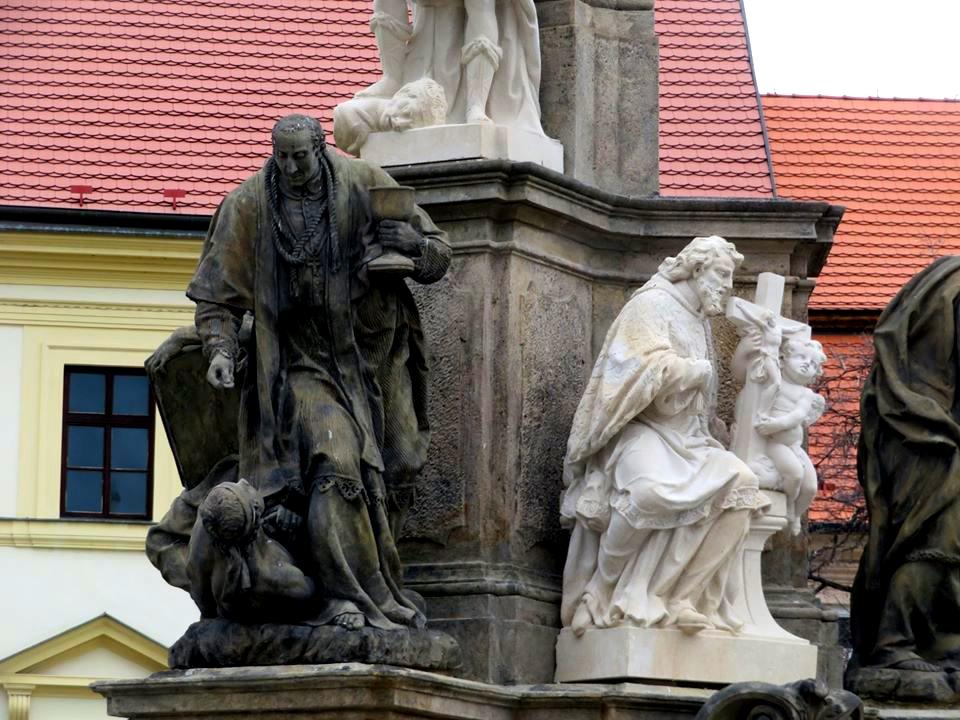
The statue of Virgin Mary and the saints were created by Ferdinand Maxmilián Brokoff in 1724–28. After his death they were completed by his student František Ignác Weiss. Mary was gilded in 1884 and replaced by a copy in 1894.
The saints include Czech patrons Vitus, Václav, Vojtěch and Jan Nepomucký, plus Charles Borromeo, Elizabeth of Thuringia, Florian, Peter and Paul. The date 1903 appears in the sidewalk in front of the column, probably from a renovation or rededication.
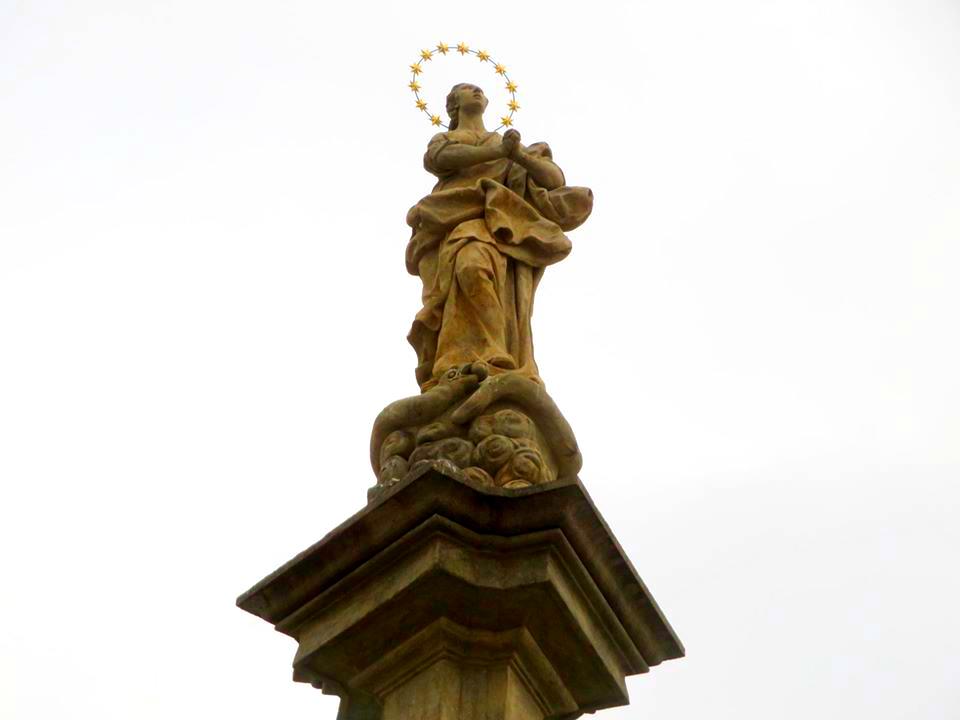
Charles Borromeo is the patron saint against ulcers and intestinal ailments. Elizabeth of Thuringia is linked to hospitals and nurses. Florian is patron of Austria (and protector against fire). Peter, among other things, is called upon against fevers. Paul is perhaps on hand to keep Peter company.
Restoration work began on the column in 2013, as it was in danger of collapsing. Some of the lower statues have been replaced by copies, which are much lighter in color than the others.
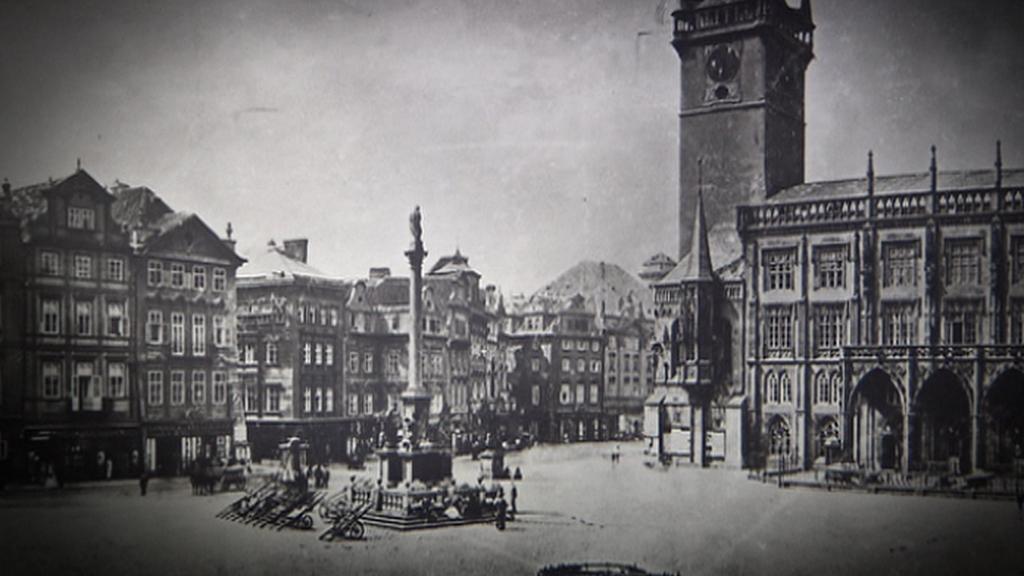
The Marian column that is currently being re-created on Old Town Square is sometimes mistakenly referred to as a plague column, but it was built to mark the victory over the Swedish army in 1650.
However, during 1713–15 plague Emperor Charles VI said that the illness was a heavenly punishment, and prayer was the cure. People gathered in crowds in Old Town Square to pray before the star-crowned statue of Mary that caps the column. After the plague subsided, the statue was credited with helping in the fight.
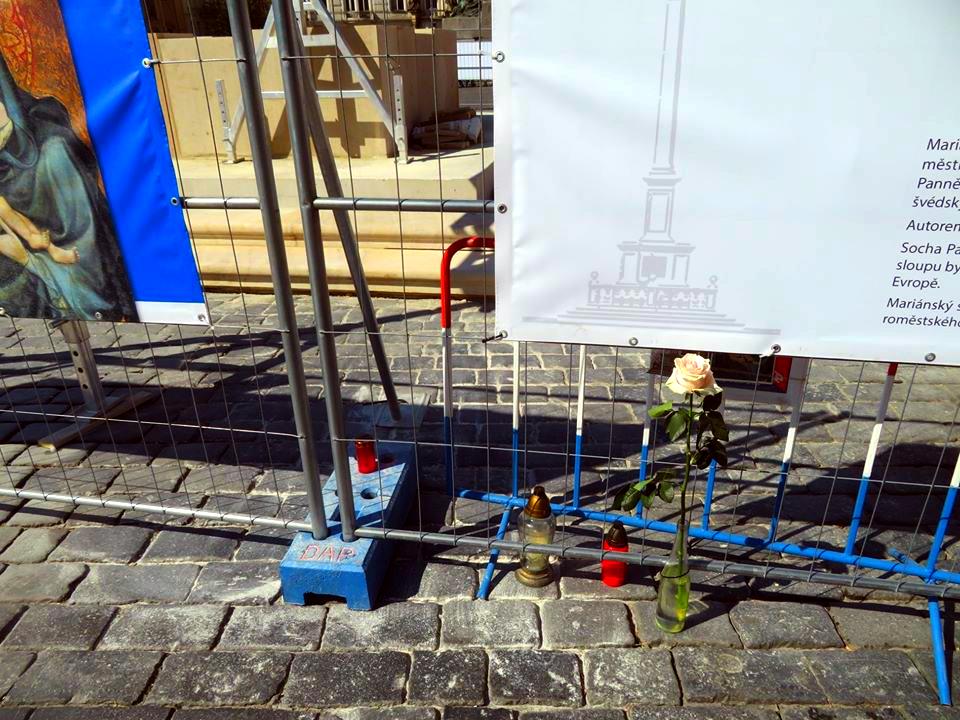
Even today, during the coronavirus pandemic, some people are leaving flowers and candles at the edge of the construction fence around the partly built base.
Many plague columns feature four saints: the Czech patrons Václav and Vojtěch plus two saints whose purvey covers illnesses — Rocco and Sebastian. Rocco is often seen exposing his injured leg, with a dog nearby who feeds him. Sebastian is pierced with arrows, and is supposed to protect people from the invisible arrows of illness. St Rosalia, a patron against plagues, is also sometimes included.
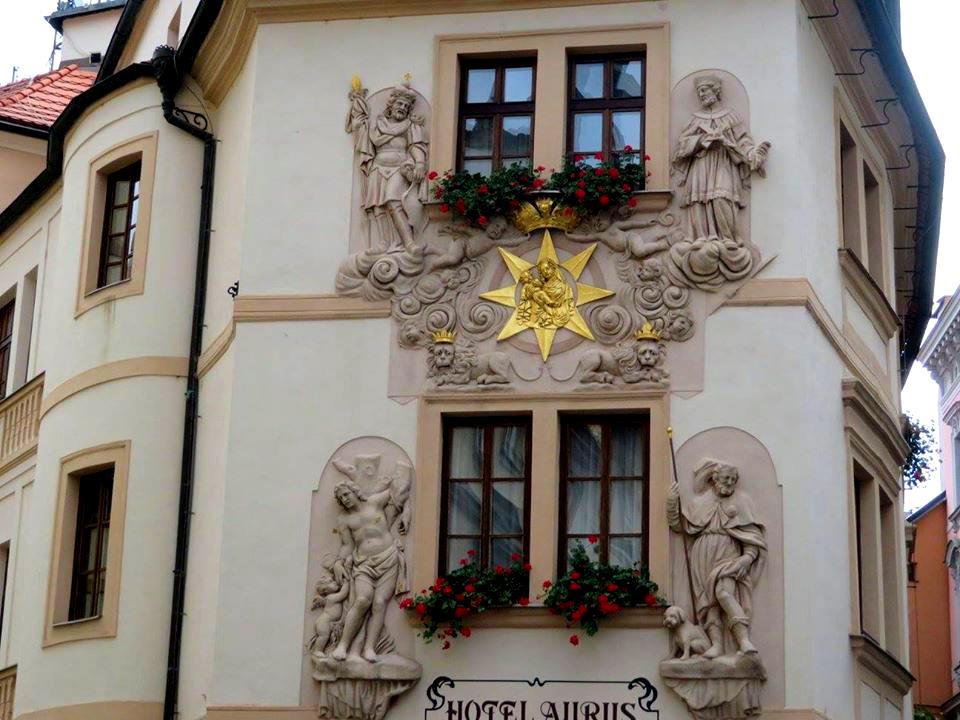
These five figures and some others can be seen on the narrow facade of the House at the Golden Well (dům U Zlaté studně) on Karlova street near Charles Bridge. The stucco reliefs by Jan Oldřich Mayer were added to the facade in 1713, the date of the plague. The building itself dates to the mid 1300s.
There was already a column on Old Town Square, so likely adding the figures to a facade was a neat solution to avoid two columns while still thanking the relevant saints, and also saving money as columns are expensive.
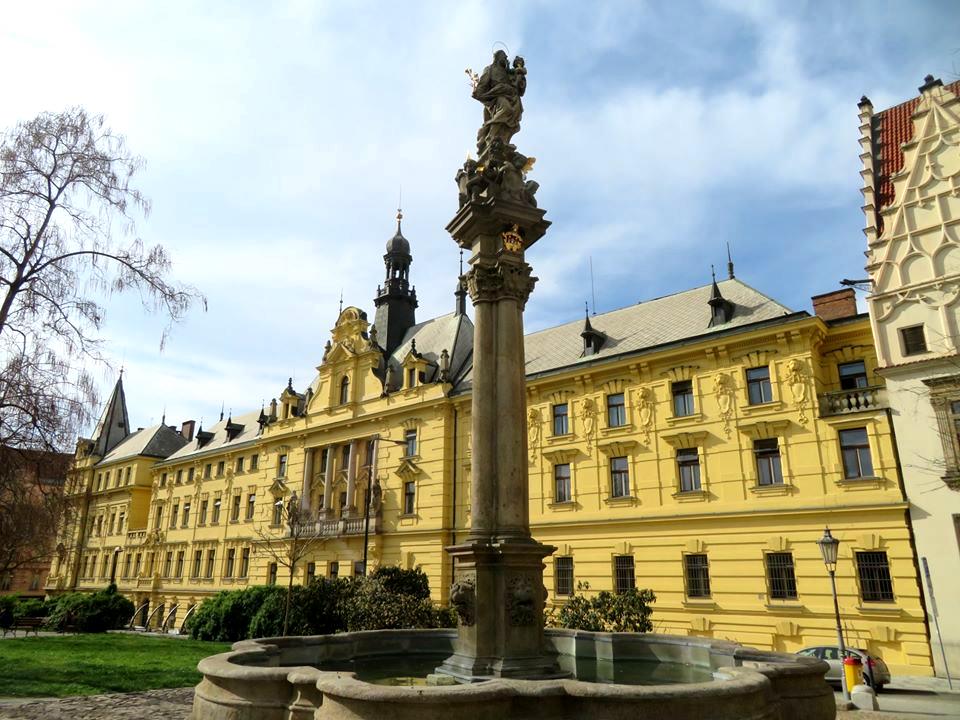
An earlier epidemic was the inspiration of the plague column and fountain at Karlovo náměstí, in front of the New Town Hall. The Great Prague of Vienna in 1679 hit Prague shortly after.
The column features Joseph and Baby Jesus on top, surrounded by cherubs with golden wings, and Habsburg emblems beneath the capital. The base has four lion gargoyles.
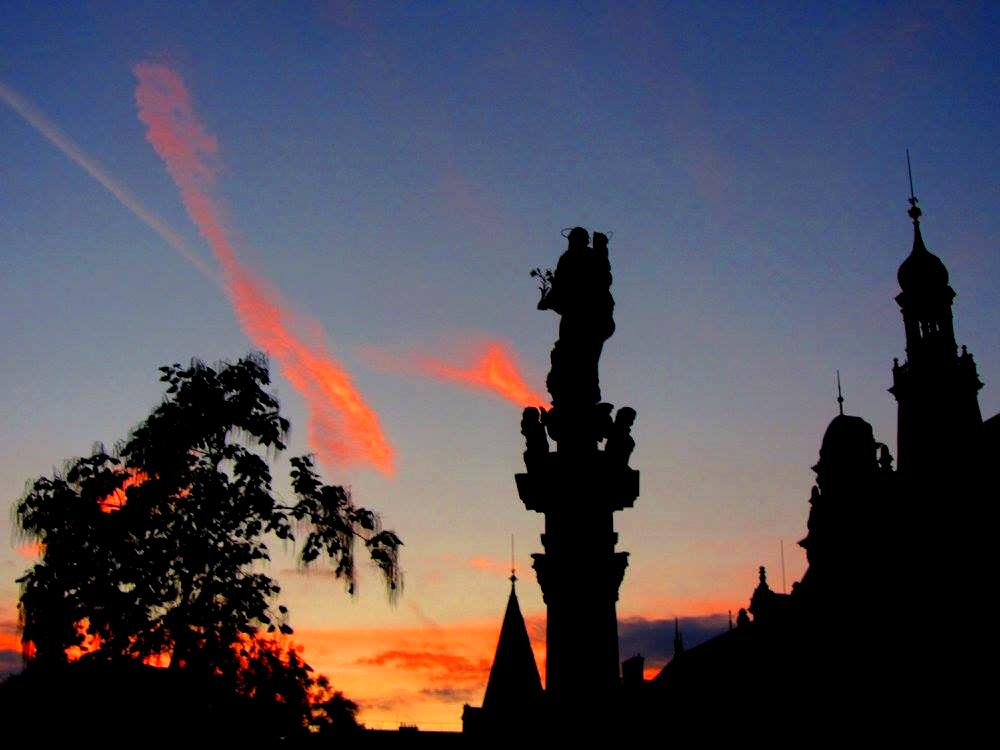
The column stands in the middle of a fountain base made of eight semicircles. It was renovated in 2016.
There are also two rather small plague columns: one in Vyšehrad and the other in Kinský Garden.
The Vyšehrad column, near the Rotunda of St Martin, has four mosaic faces in its capital. The column dates to before 1685, as it can be seen is sketches from that date. The mosaics, likely from 1920s, depict Vojtěch, Prokop, Ludmila and Václav.
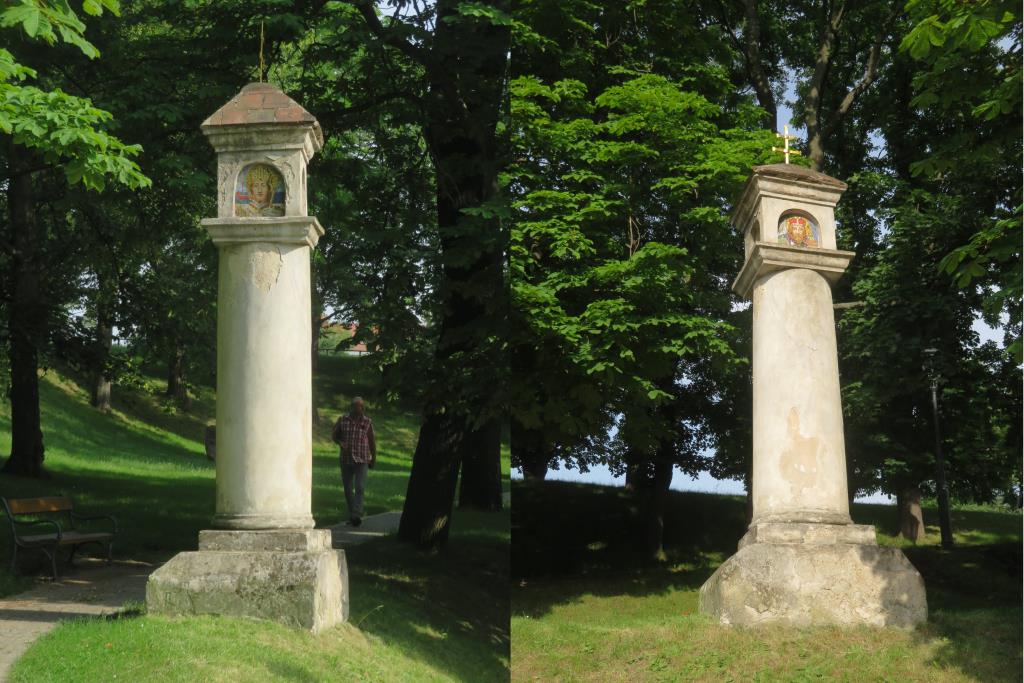
The column seems to have also been in memory of the 1679–80 plague. Historian František Ekert gave that genesis in 1884, but didn’t mention any sources for the information.
The column in Kinský Garden apparently originally stood near today’s bus turnaround at Smíchovské nádražíand was moved in the early 20th century.
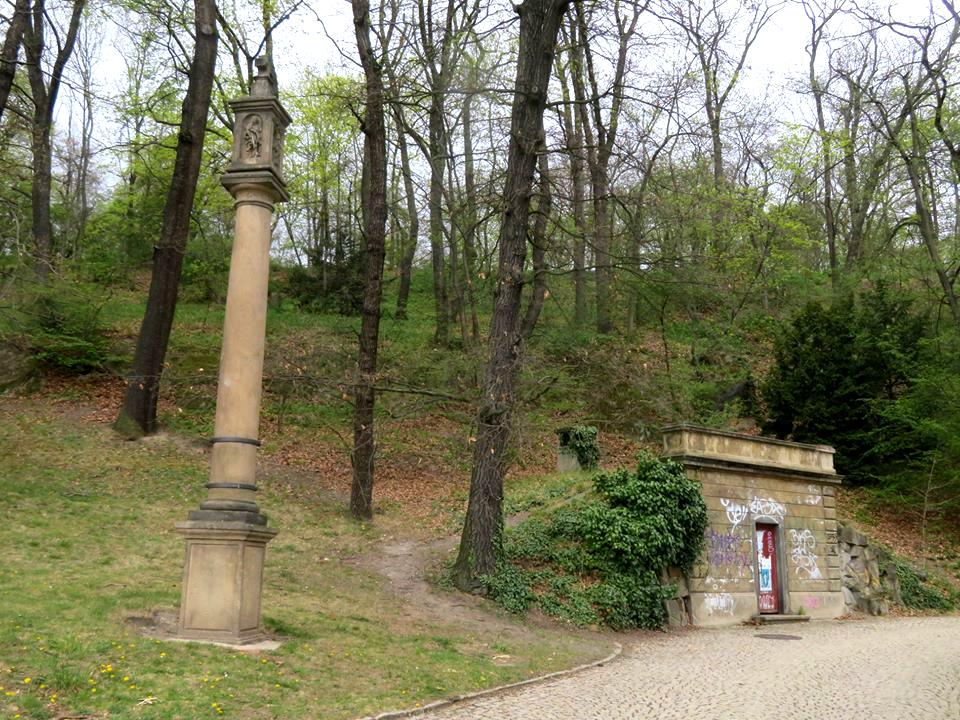
The columndates to 1686, and was made for Old Town burgher Jiří Jan Raisman.The four-sidedcapital has reliefs of Christ on the cross plus Rosalia,Rocco and Sebastian. Likely it would have been in thanks for the end of the 1679–80 plague.
The column also is supposed to work as a sundial, with the spear in Jesus’ side, the arrow in Sebastian, Rocco’s pilgrim stick and Rosalia’s lilies casting shadows. The current placement of the column has it shaded by trees, though.
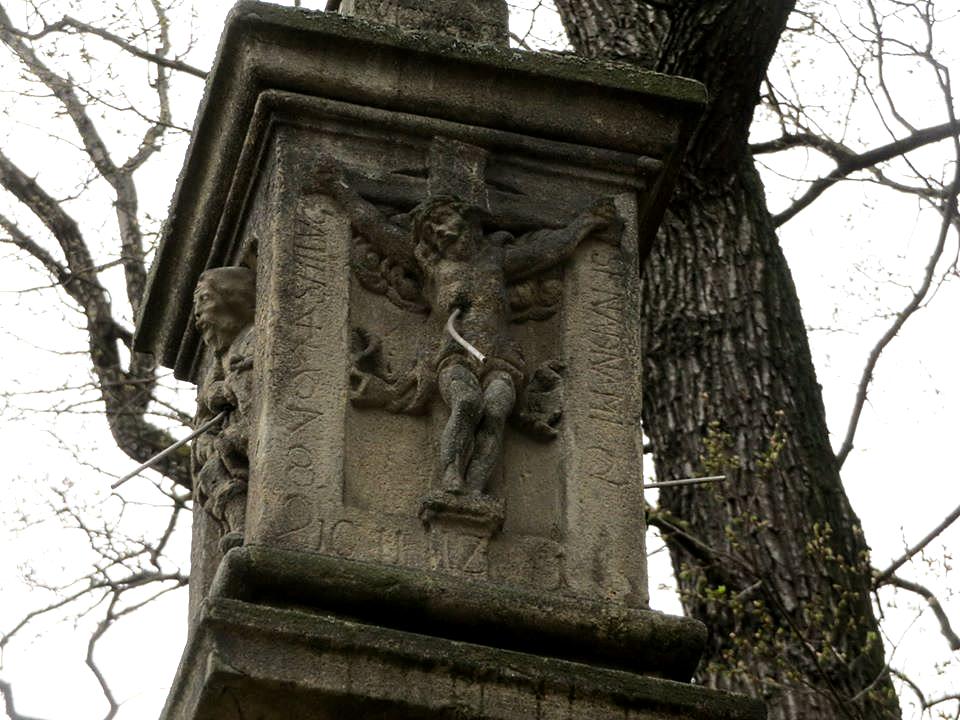
A final column can be found in the Troja section of Prague 8, but in the 16th century that would have been far outside the city. This simple affair is a stone column with a metal cross on top.
A plaque near it says: “Plague column from the 16th century. It recalls the cemetery forvictims [that was] in the gorge above the pillar. Plague epidemics affected the Czech lands in 1568, 1582, 1585 and 1599. The column was saved from destruction after 1948 by people from the Prague Zoo. Restored by the care of the Quido Schwanka Troja-město Foundation in the greenery AD 2002.”
While that cemetery is gone, other Prague cemeteries such as Olšanské hřbitovy started as places to bury plague victims outside of the city center. Olšanské hřbitovy opened in 1680 and served people from Old Town and New Town. A separate section served Jewish plague victims.
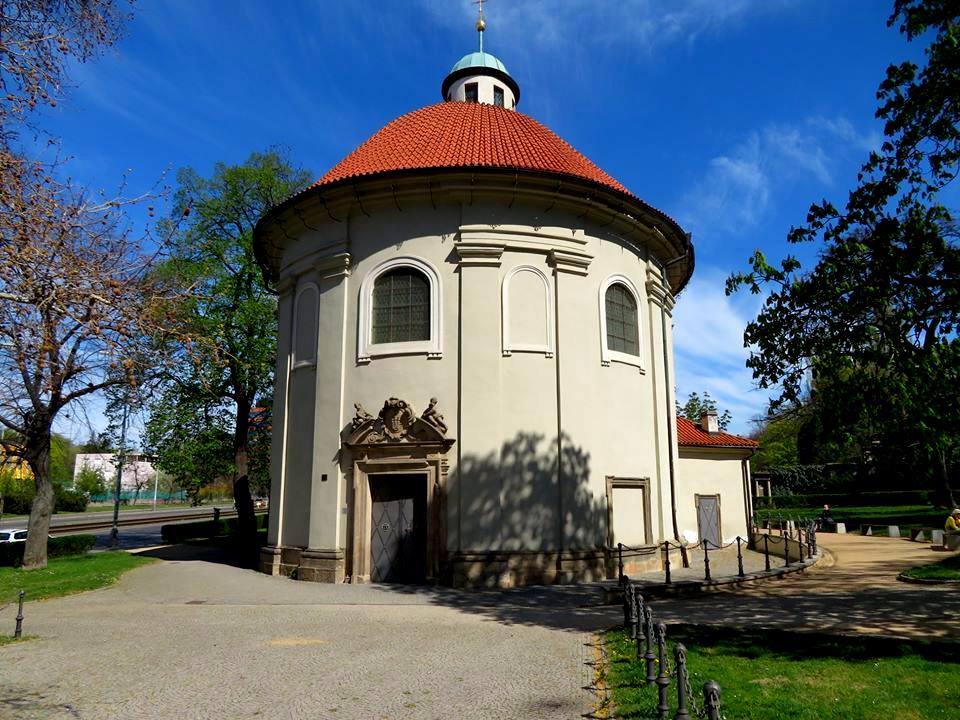
The round chapel called the Church of St Rocco (Kostel svatého Roch), now just outside the cemetery’s lower corner, was built in 1680–82 as a cemetery church dedicated to plague victims and most likely designed by French architect Jean Baptiste Mathey.
Emperor Joseph II in response to the epidemic of 1787 closed all urban cemeteries and named Olšanské hřbitovy, which was then outside the city, to be the main burial ground for Prague.
He had the bodies moved from churchyards in the city to then-suburban areas, as people were starting to connect the presence of decaying bodies in the urban water table to the spread of illness.
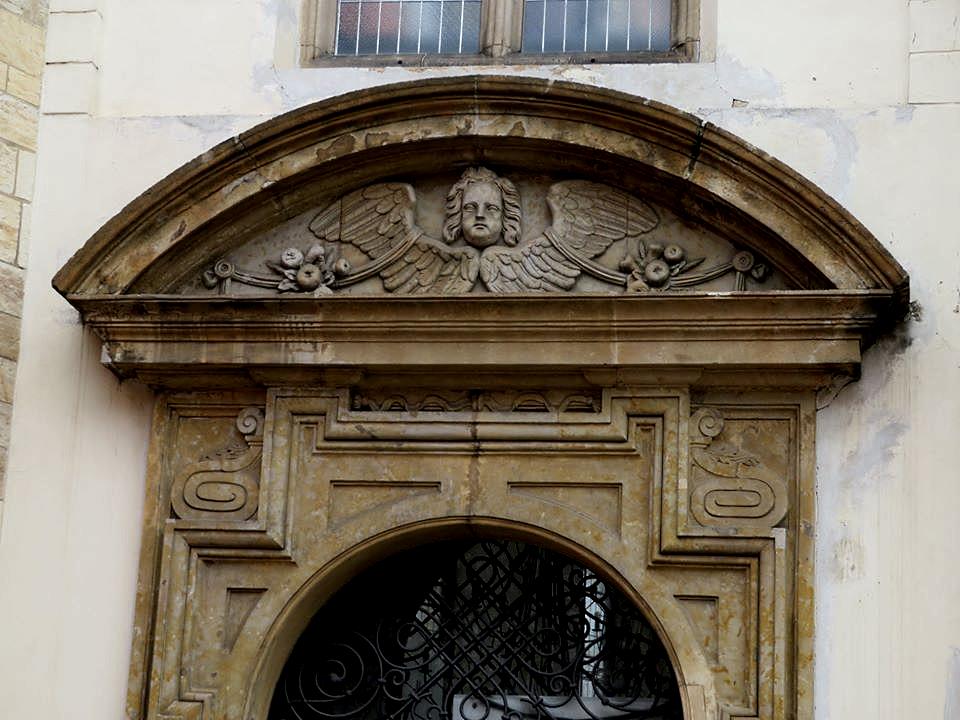
There is another Church of St Rocco, in Strahov. Emperor Rudolf II ordered it to be built in 1603–12 to give thanks for the passing of the plague of 1599. The church is a mix of Baroque and Renaissance styles. It has been deconsecrated and now is a private exhibition space called Galerie Miro.
Malostranský hřbitov in Smíchov also began as a plague cemetery in 1680, intended for people from Malá Strana. The Old Jewish Cemetery in Žižkov, which was partly destroyed to make room for the Žižkov TV Tower, opened at about the same time for Jewish plague victims that weren’t buried in Olšanské hřbitovy.
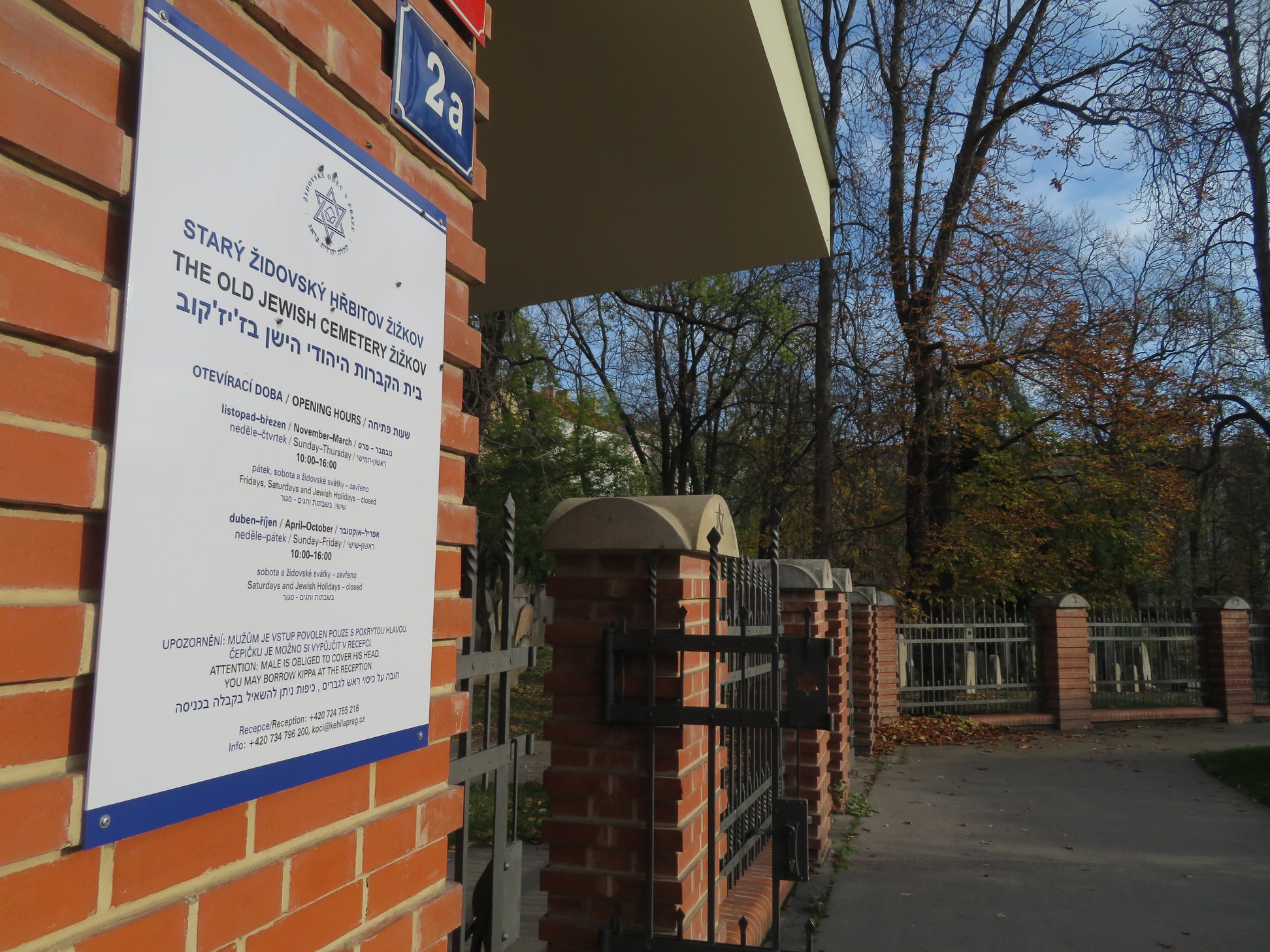












 Reading time: 9 minutes
Reading time: 9 minutes 